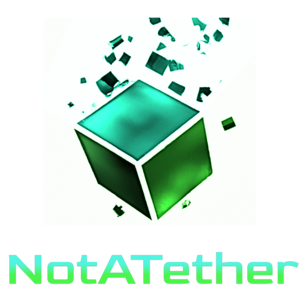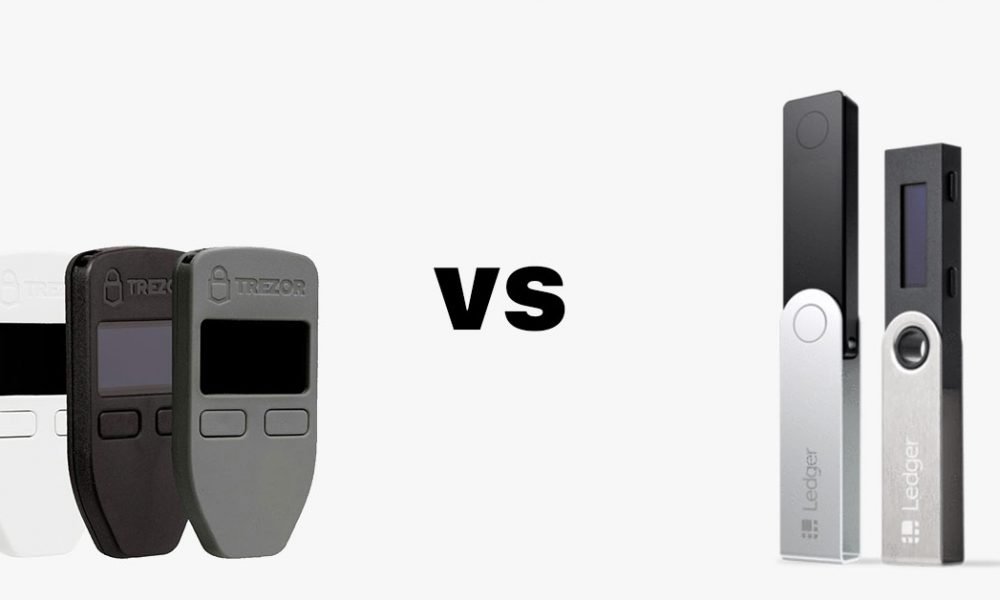This is the second post in the Trezor Model T review series. Here we will see how the Model T stacks up against the Trezor One, Ledger Nano S, and Nano X. In case you haven’t read the first article, you can find it here: Review Of The Trezor Model T, Part 1: Features
Table of contents
Trezor Model T Versus Trezor One
It is a good idea to make this comparison so that you understand the difference between the two devices made by SatoshiLabs. This would give you an insight into the improvements that are inherent in the Model T and possibly why you’re paying more for the flagship model.
As we have already seen, the more pricey Model T of Trezor comes with a touchscreen module and has the capacity to support far more coins (1200 assets). It also features an SD card slot unlike the older mode. As a listing, we can conveniently state that the features of Trezor Model T that makes it stand out are:
- More supported cryptocurrencies
- A colorful touchscreen module
- Top security with expert audit
- SD slot for mobile support and connectivity
- Easy setup
The Trezor One Wallet also features a top-notch security like all Trezor products, but it does not support as many coins as the Model T. The focus of Trezor One in terms of coin support are the most popular coins. Also, the Trezor One lacks the touchscreen feature of Model T despite being a very popular hardware wallet.
As expected, both models have a lot of similarities despite the pronounced differences. These similarities are:
- Cold storage capabilities
- Recovery seed
- Password manager and 2UF
- Pin code
- Support for several ERC20 tokens
- Advanced passphrase features
- Regular update
Trezor Model T Versus Ledger Nano S
Well, Ledger Nano S should be in the same league with Trezor One or comparable, but not certainly with Trezor Model T. The device supports a handful of currencies such as Bitcoin, Ethereum, Litecoin and other popular coins. It has the same top level security that is demanded of a hardware wallet. So we shall not dwell on its comparison with The Trezor Model T. The Ledger model that is in the same league with Model T is the Ledger Nano X, and we shall focus on comparing these two flagships of two of the top competing hardware wallet makers.
Trezor Model T Versus Ledger Nano X
Price
We cannot really say that the most expensive devices are the best. Sometimes, the reputation of the company goes ahead of it and affects the price of its products. As expected, SatoshiLabs, as a pioneer hardware wallet manufacturer, has built a reputation for its brands. Let’s start by comparing the prices of these top hardware wallets. The Trezor Model T costs $189, while Ledger Nano X is priced at $145.
Screen Comparison
It’s impossible to ignore the important function of the screen when analyzing wallet devices. The screen is not just an input or output device in a hardware wallet. It does more than that by enabling the user perform a lot of security functions such as backing up their recovery phrase and verifying or cross checking transactions before completing them. Its security function stems from the fact that it eliminates the need to connect the device to a computer, thereby exposing it to unnecessary risks for routine operations.
As we have already seen in its features, Trezor’s Model T has a color LED touchscreen. The Ledger Nano X also has a screen. However, the Trezor device has a wider screen with a better resolution than the Ledger X screen. Moreover, the touchscreen feature of Trezor T puts it ahead as an easy to use hardware wallet.
Supported Cryptocurrencies
Thousands of digital currencies exist in today’s coin market. This is why the latest versions of hardware wallets are pushing the limits to support more coins and tokens. The Ledger Nano X is a leader in this aspect as the device supports 1,800 assets, while Trezor’s Model T supports 1,200 coins and tokens. So if you’re thinking of having a massive portfolio of thousands of coins, these devices would more than meet your expectations.
Design and Size
If size matters to you, here are the dimensions of the two competing devices.
Ledger Nano X
Size: 72mm x 18.6mm x 11.75mm
Weight: 34g
Trezor Model T
Size: 64 mm x 39 mm x 10 mm
Weight: 22 g (0.77 oz)
It is obvious that the fold-able metal casing of the Nano X contributes to its weight. The two devices have sleek beautiful designs, supported by two physical buttons each.
Security
Both devices are very safe options for storing your coins. The screen feature ensures that they are shielded from connections that might jeopardize the safety of your assets. Nevertheless, it is important to note that the security architecture of the devices differ, even though they are eminently safe to use.
The Ledger Nano X uses a dual chip architecture as a security element, while the Model T secures its data through the Shamir’s secret sharing which essentially splits up the keys to the wallet, making it practically impossible for unauthorized entities to access them.
Both the Nano X and Model T are compatible with multisig. Also, it is important to understand that Trezor T has a higher software compatibility than Nano X. In essence, Trezor T can interact with Caravan, Specter, My Trezor, Blockstream Green, MultiBit HD, Copay, Mycelium and Electrum. Nano X supports these as well apart from myTrezor and MultiBit HD.
Furthermore, it is instructive to know that Nano X supports running a full node on its native software. This is not possible with Trezor T, which would need a third-party software such as Electrum to accomplish this.
Special Feature of Nano X
One more feature of the Nano X that you may need to know is that it has Bluetooth support. This makes it easy to interact with your Nano X through your mobile device.
Conclusion
Trezor model T is obviously a great hardware wallet that meets the aspirations of most users who are desirous to store their coins safely. The maker has built a device that meets the present challenges of the digital assets industry, especially considering that there are more coins and tokens in the market than what earlier versions such as Trezor One could effectively manage. Whichever hardware wallet you choose should depend on what you desire to accomplish.

